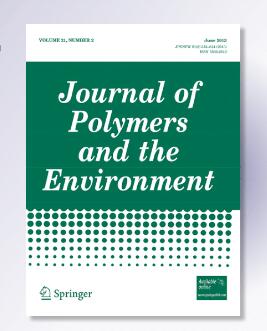ZnO nanoparticle-embedded Gellan Gum Based Sponge for Accelerated Wound Healing: An in vitro Study on Physicochemical, Antibacterial and Hemostatic Properties
Abstract
In the current study, a biocompatible zinc oxide (ZnO) nanoparticle embedded gellan gum (GG) (GG-ZnNP) sponge with excellent antibacterial activity, enhanced wound healing and hemostatic properties was presented. Firstly, ZnO nanoparticles were synthesized by co-precipitation methods and characterized through Fourier transform infrared (FTIR) spectroscopy and X-ray diffraction (XRD) analysis. The size distribution and morphology of the ZnO nanoparticles were investigated by applying dynamic light scattering (DLS) and transmission electron microscopy (TEM). Presence and distribution of the ZnO nanoparticles in GG sponges were examined with Energy-dispersive x-ray spectroscopy (EDX) Thermogravitational Analysis (TGA) conducted to evaluate the thermal stability of GG-ZnO sponges. Following that, ZnO nanoparticles were embedded into GG sponges to enhance their antimicrobial properties. The physicochemical properties of GG-ZnNP sponges were characterized by FTIR, Scanning Electron Microscopy (SEM), swelling and degradation tests. The agar disk diffusion test and colony-forming unit assay findings showed that all GG-ZnNP sponges had a strong antibacterial activity against Escherichia coli (E.coli) and Staphylococcus aureus (S. aureus) bacteria. Furthermore, in vitro blood absorption tests indicated that GG-ZnNP sponges could effectively shorten bleeding time and increase blood absorption capacity. Cell viability studies conducted by MTT and scratch assay with L929 fibroblast cells. MTT assay were performed to found applicable ZnO dose of the sponges to be use as a wound dressings. In vitro scratch assays showed that GG-ZnNP sponges promoted wound closure and re-epithelialization in L929 fibroblast cells at increasing incubation time. GG-ZnNP sponges have a significant and improvable potential for wound dressing applications with their antibacterial and superior hemostatic properties.
Graphical Abstract


 求助内容:
求助内容: 应助结果提醒方式:
应助结果提醒方式:


